[ मडला ]
Ar. Gaurav Chordia
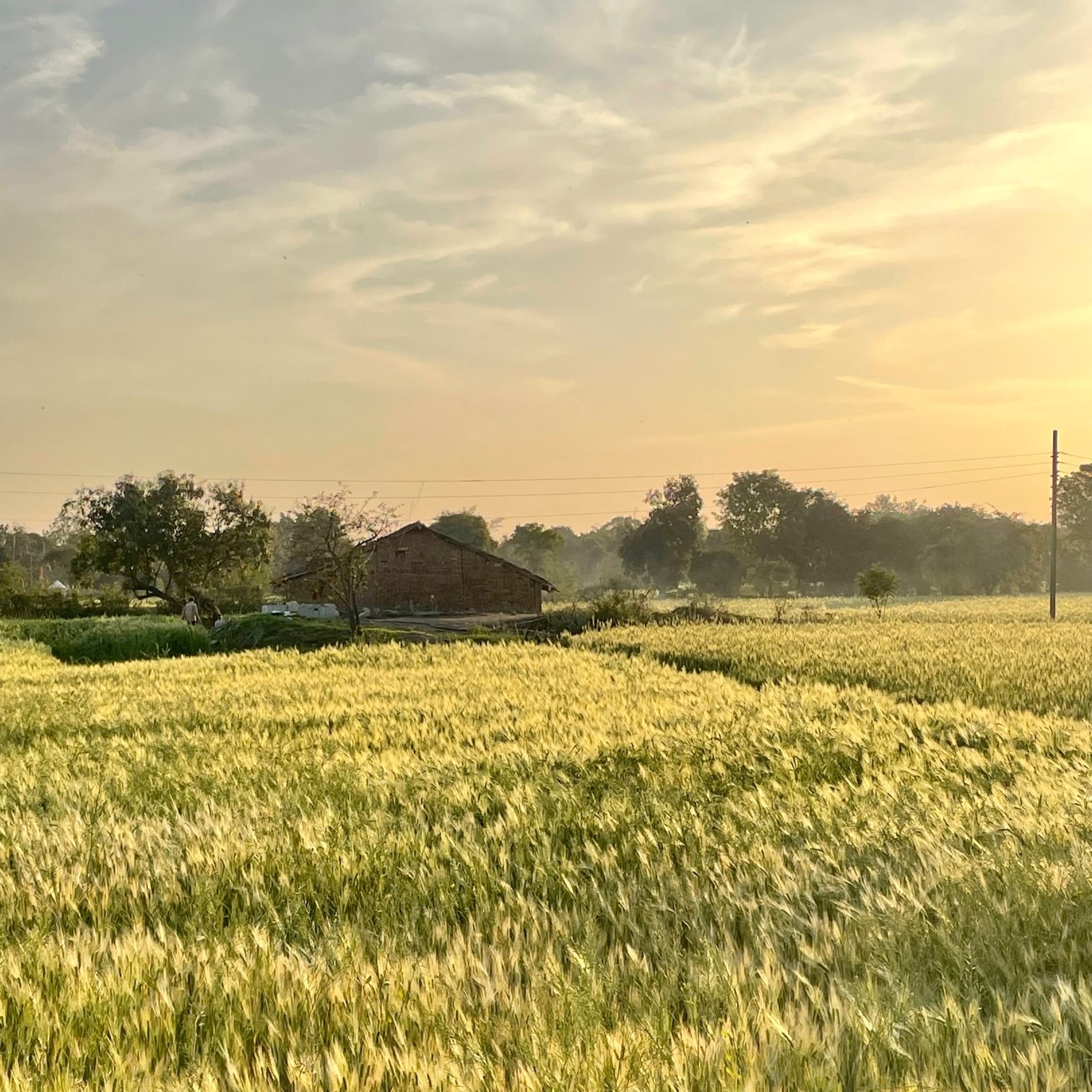
PREFACE:
The Madla Fellowship is first in the series of interventions by Arcause, Ethos Foundation.
The Walk for Arcause created awareness towards the profession, the role and resposibility of design in everyday living.
Madla was one of the places visited on the route, where a mutual intention shared by Arcause, the village authorities and proactive individuals, gave birth to this fellowship opportunity. It opened up a door for interested individuals or group of individuals to participate and curate the process of future development for this place. It aims at understanding the local treasures of knowledge and practices, not just about the built environment, but a holistic view of living and growing.
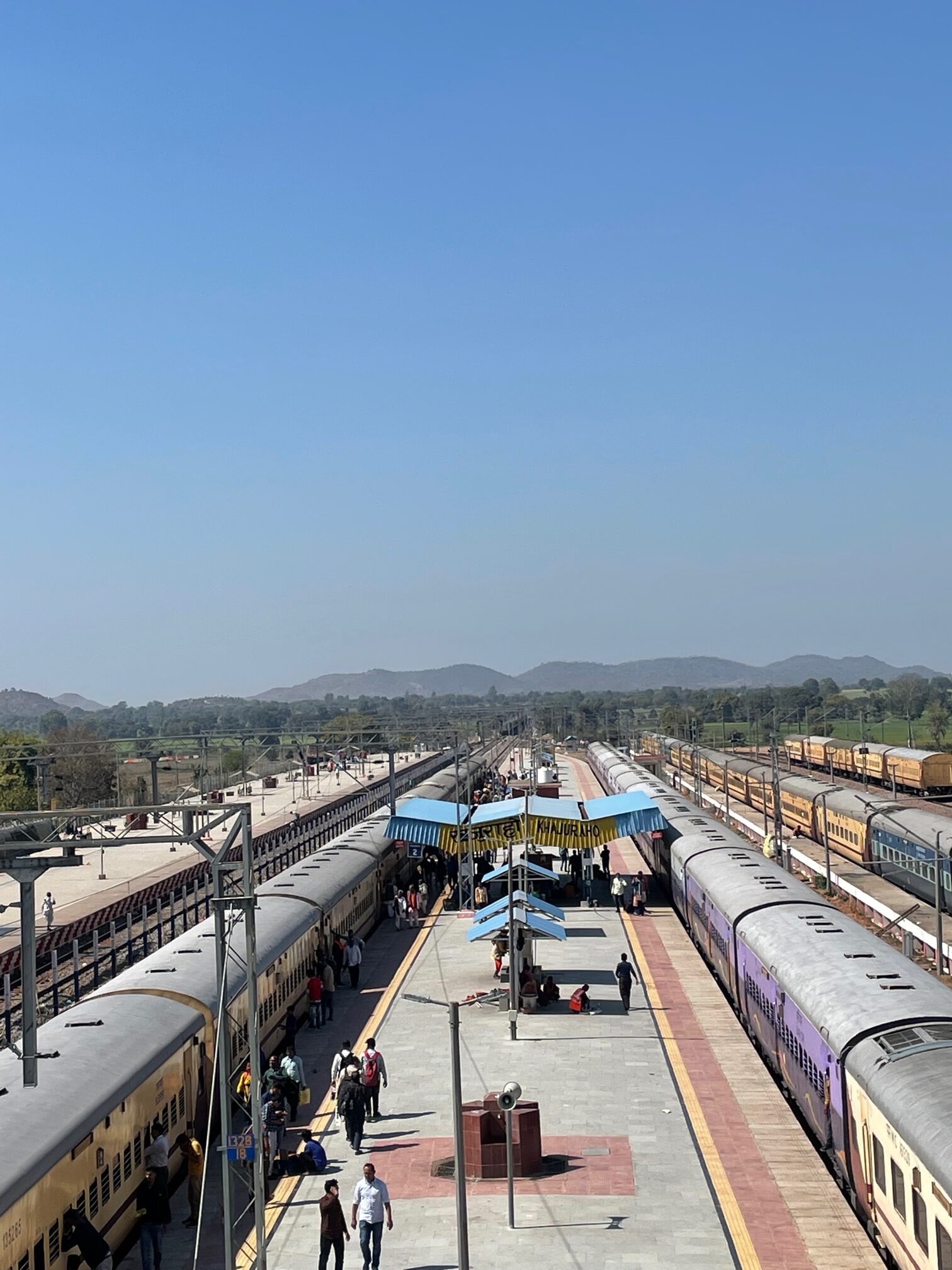
My first visit to Madla started from reaching the Khajuraho Railway station, which is the nearest railway head to Madla. A 20km drive in an open gypsy to Madla, was accompanied by Mr. Sushil Sharma who introduced me to the region and place, through his years of experience working with various
organisations and government teams employed here.
Crossing the bridge over River Ken, we enter Panna district from Chattarpur district of Madhya Pradesh. Madla is the first village in Panna and a gateway to the National Park and Panna Tiger Reserve.
‘Ken’ as they call it today, is originally river Karnawati, and was renamed as the britishers could not pronounce it correctly. It is one of the cleanest rivers in the country with a wide stretch near Madla and a rocky basin. The river not only stands as a threshold to two different district regions, but also to many physical attributes of landscape that change on both its sides. One side is enriched with limestone and the other of granite hills.
We arrive in Madla through the national highway that crosses the village and is a barrier to many aspects of living here.
We start our first day with a chai at one of the many dhabas that line the highway making forming a skin to the village inside.
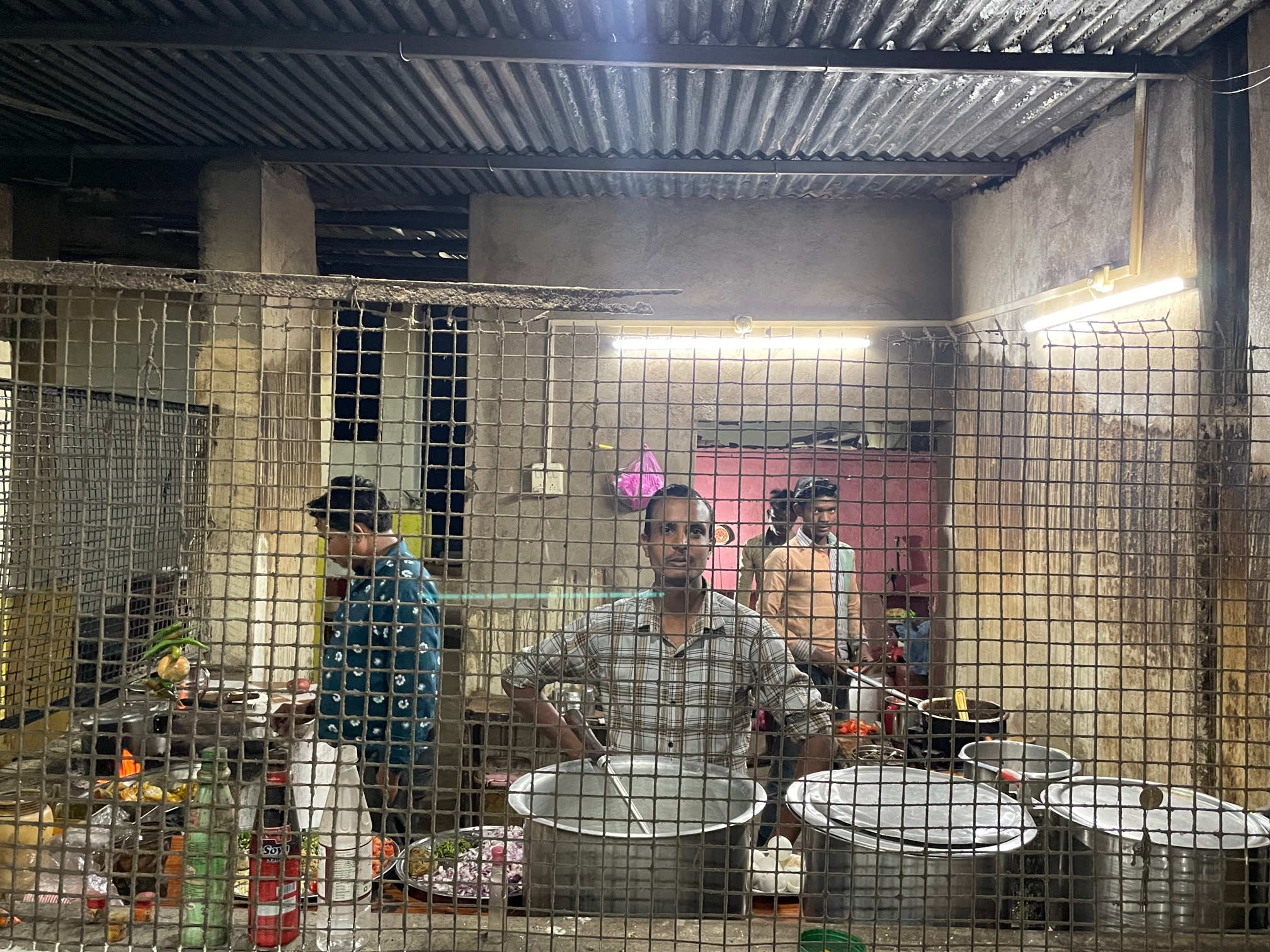
I could not resist walking to the river bed that evening to see the sunset. A group of school going girls offered to walk along with me, to show me the village and their farms. Madhya Pradesh agricultural landscape is widely known for its wheat farming and these widespread golden tip farms as a delight to the eye. The landscape changes drastically when the crop is harvested and the fields turn golden brown and dry during the hot months.
We reach the river passing through the farms lands, and the setting sun sums up the day of walking around the village. During these conversations with the girls and their parents, it was evident that farming was a declining profession for one to choose these days. Reasons ranged from destruction by wildlife, cost of maintenance and land ownership dues, decrease in the farm belt after the demarkation of the National Park boundaries, and low wages in the region.
Most of the families would send their sons to work on the building construction sites based in Jammu and Delhi, as these places offered better daily wages compared to here. The boys would return for 2-3 months every year during the crop cutting season.
Government schools and educational opportunities had reached the village, but it lacked the guidance to pursue and manifest further. The girls attended school in the first half, but spent their second half usually before a television screen and helping their mothers. There lies a scope to find appropriate ways to guide and counsel them to manifest and choose a path further.
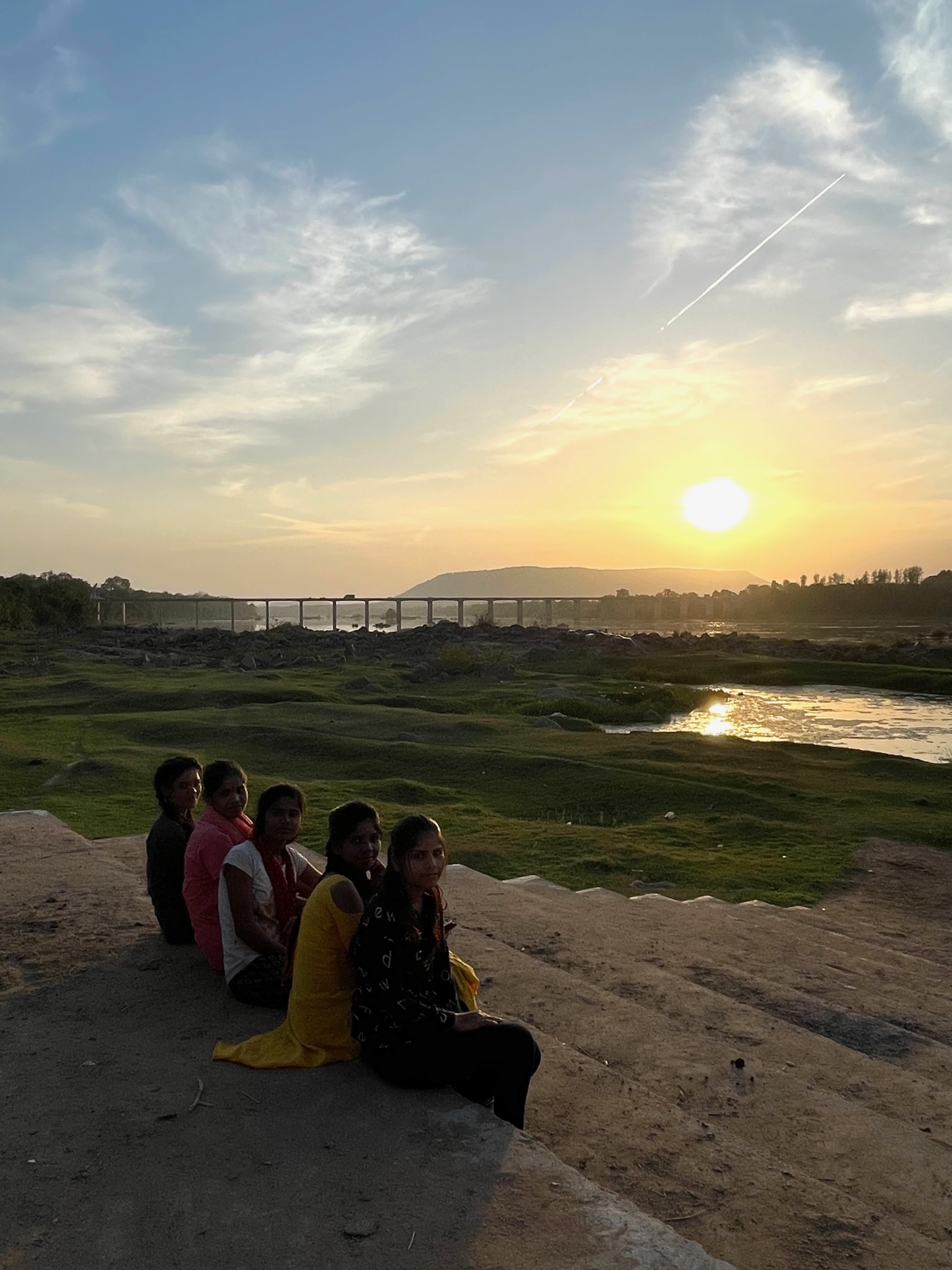
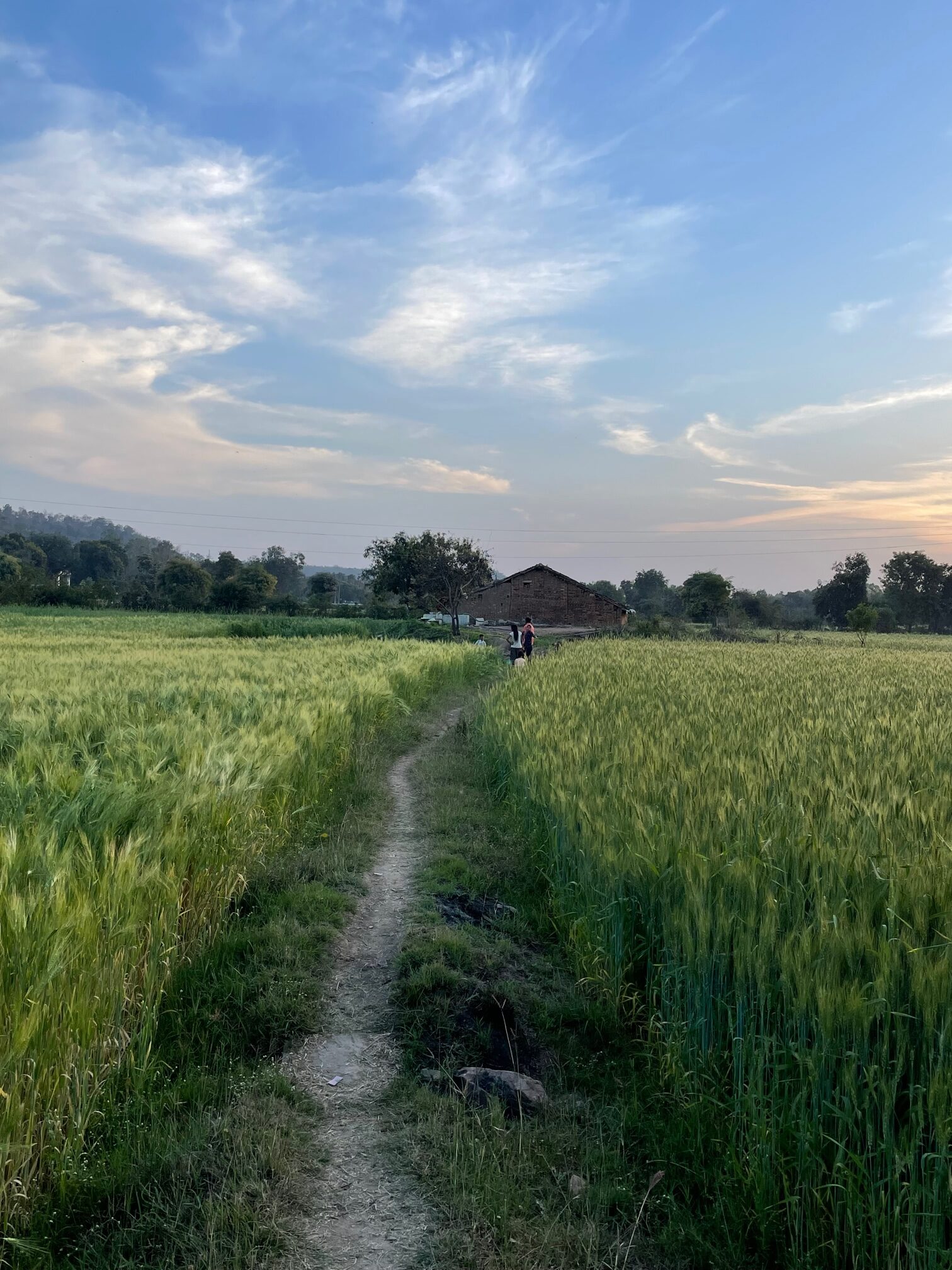
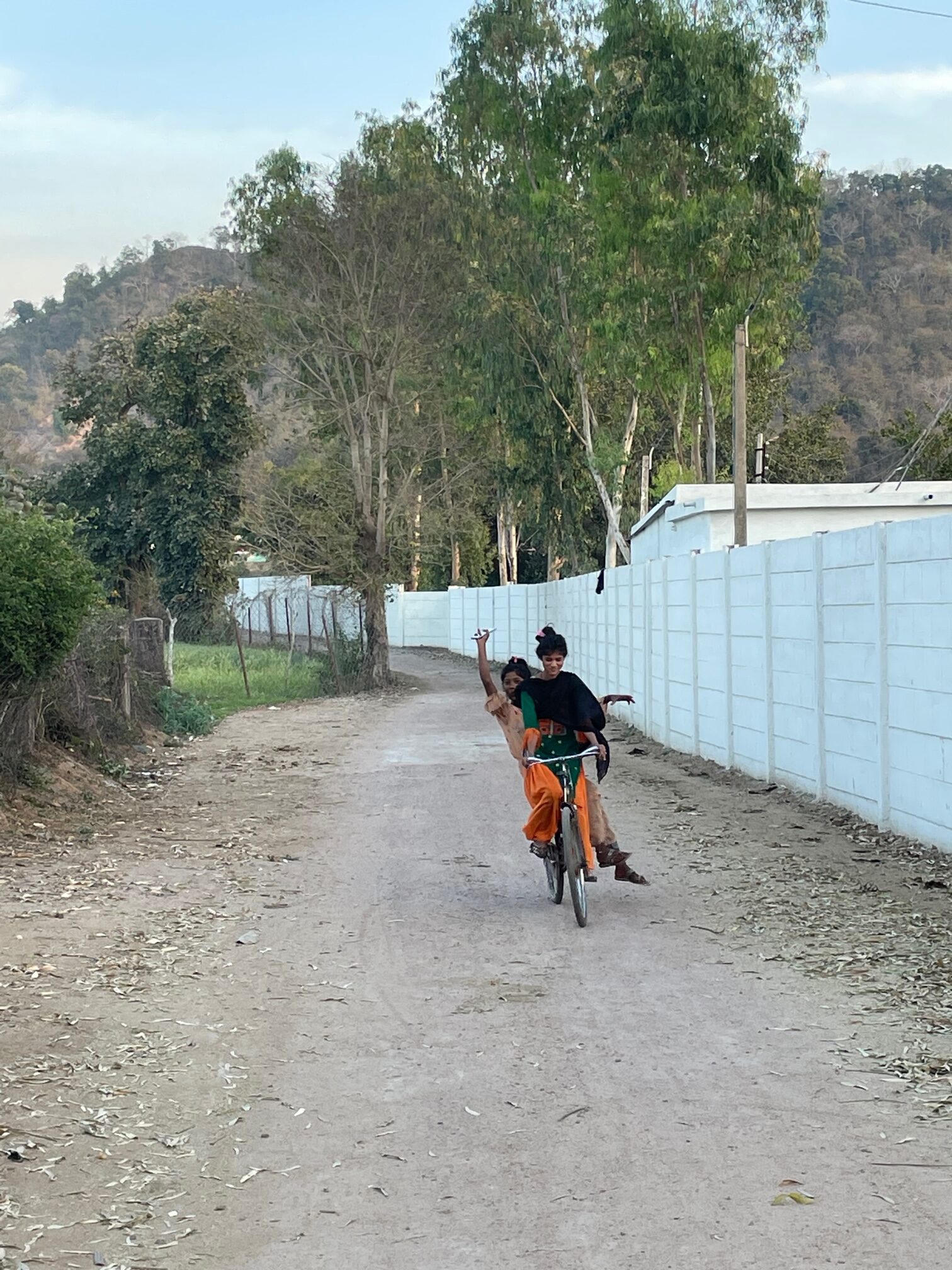
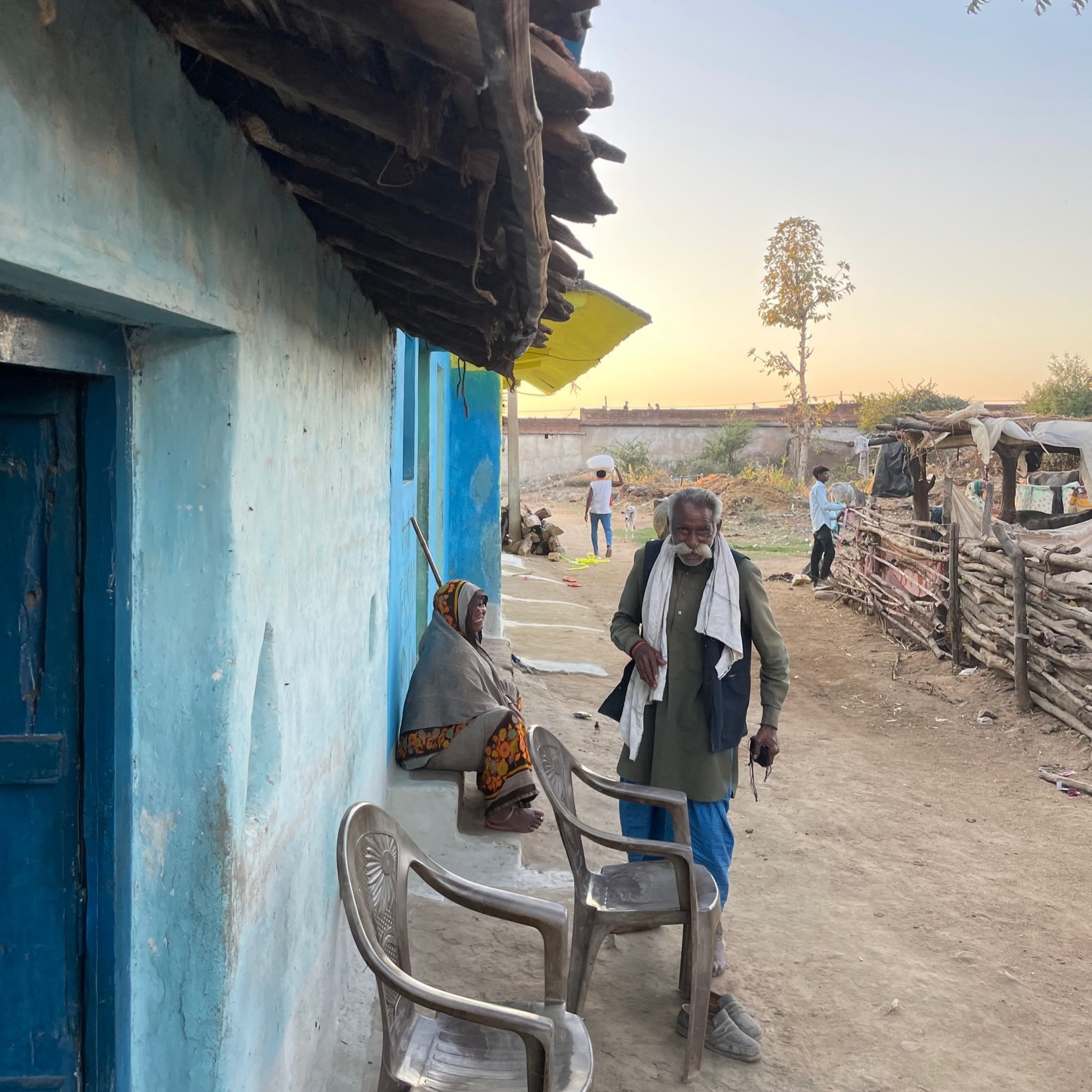
On our first day we walked through an undecided path.
Every mohalla was like a branch of a root like organic development of the village. These mohallas derive their name from profession of the residents like the potters (Kumbhar Mohalla), some from the name of local influential leaders, and some from deities and physical features like the pond.
We decided to walk deeper in Prithampura on our first day, which was a mohalla at the periphery of the village, which was formed when the villagers living closer to the forest belt had to move and were alotted land plots here.
These include many tribal communities who were dependent on the forest as a resource of living and lifestyle.
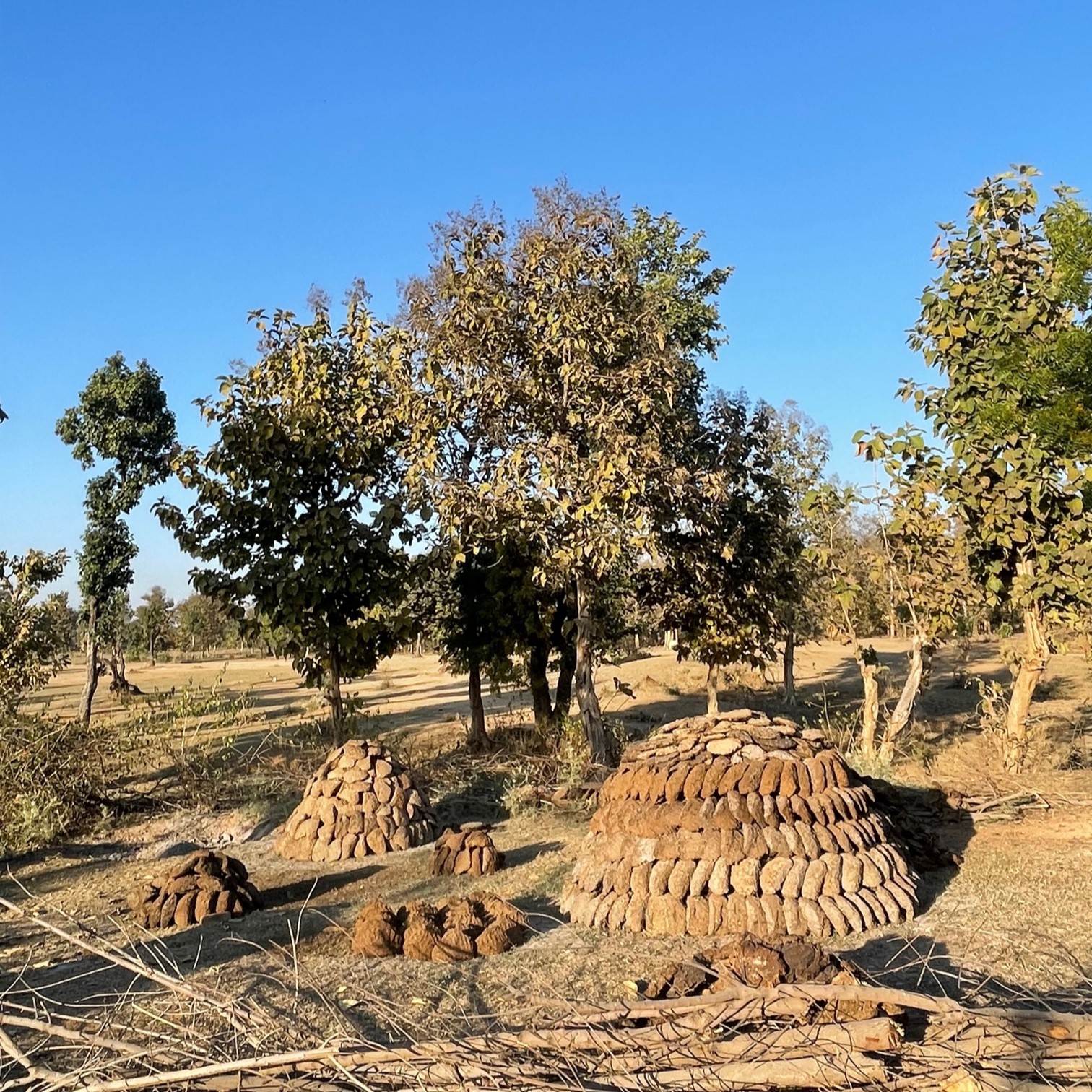
While going through recent surbey reports and conversations with the villagers, the ratio of number of cattle per person had majorly decreased due to lack of income, land, change of profession and security from the wildlife around.
This situation raises a crucial question to the future development of the village and the villagers, as the cattle were a source of everyday needs as well as the by product like Gobar, had become a primary ingredient of every house in its making, thus shaping the villagescape in its coexitence.
My first day here ended with a soothing forest breeze at night ,sitting around a bonfire.
All I could think was the learnings this place had to offer, the warmth of its people and the excitement that I could not contain to start the second day here.
